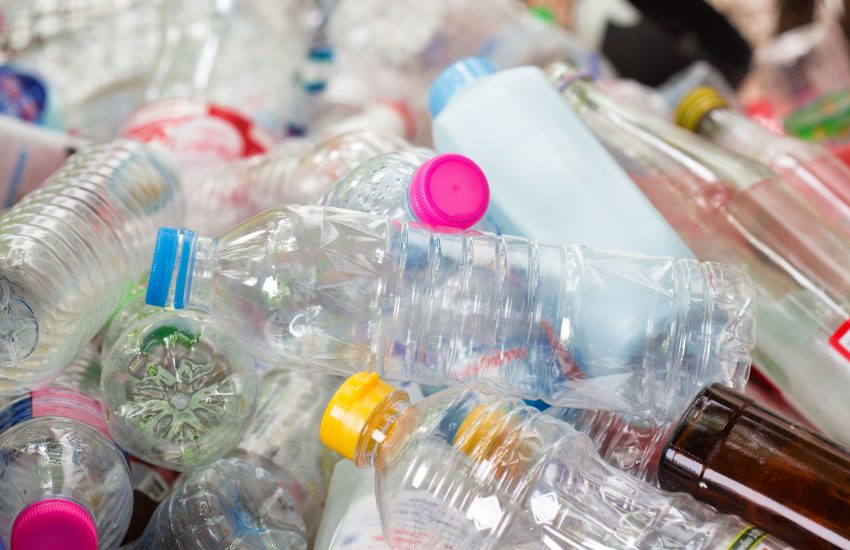On March 16, 2022, the U.S. EPA Press Office issued a news release about implementing two key actions to prevent exposure from products with PFAS (Per- and Polyfluoroalkyl).
The first action involves notification about fluorinated bottles; the second calls for the removal of two PFAS from the EPA’s Safer Chemicals Ingredients List. These two actions are consistent with the deadlines set in the “PFAS Strategic Roadmap; the EPA’s Commitment to Action 2021-2024”. The so-called roadmap—issued by the EPA in October 2021—is a relatively short (25 pages) and easy read that sets proposed aggressive deadlines to develop a comprehensive strategy in the restriction and remediation of PFAS contamination.
The “notification” component seeks to identify, understand, and address potential PFAS contamination potentially leaching from fluorinated plastic containers. Accordingly, the EPA will now notify manufactures, processors, distributors, and users about their obligations under the Toxic Substances Control Act (TSCA) for the disposal of fluorinated high density polyethylene (FHDPE) and similar plastic containers. Basically, a fluoridated container is a plastic bottle or jug—think of a container that holds anti-freeze—that has undergone a fluorination procedure to safely package it. While that fluorinated bottle may hold the anti-freeze, it could also be leaching PFAS formed as a byproduct from the manufacture of that container.
In an open letter to the Fluorinated High Density Polyethylene industry, the EPA informed manufacturers and related entities to prevent unintended contamination, that certain PFAS present in or on certain plastic bottles with barriers require notice to the EPA, an EPA review of the potential risks of the use of that fluorinated bottle under TSCA, and an assessment of whether it can continue to be used. Under TSCA, the EPA has sweeping authority to limit the manufacture, production, distribution, and the disposal of a chemical that poses an unreasonable risk to either human health or the environment.
As for the second action, the EPA is removing two PFAS compounds from its Safer Choice Program—a voluntary program that identifies safe products. The EPA also made testing results available in March 2021 of the testing data for PFAS contamination. The list can be accessed here.
To initiate removal from the program, the EPA has implemented a grey square marking process that will be delineated on the SCIL website to notify the chemical and product manufacturers that the specific chemical may no longer be included on the Safe Ingredients Chemical List (SICL). The list of Safer Choice certified products is available here.
While this is an entirely voluntary program, by design it is meant to pressure manufacturers to identify and eliminate chemicals that leach PFAS. To that end, the FHDPE industry is now in the crosshairs.

